TENTS 101: SEAM TAPING VS. SEAM SEALING
TENTS 101: SEAM TAPING VS. SEAM SEALING
A tent with leaky seams is no fun, especially amid that afternoon downpour. But a tent’s seams are also its most vulnerable zone to rogue and insistent water.
To prevent infiltration, tent manufacturers have three options: seam taping, seam sealing, and creating a strong seam construction itself.
Since you’re reading this, you’re probably curious about difference between these solutions. And, whether one is better than the others. Let’s dive in.
Seam taping—what is it?
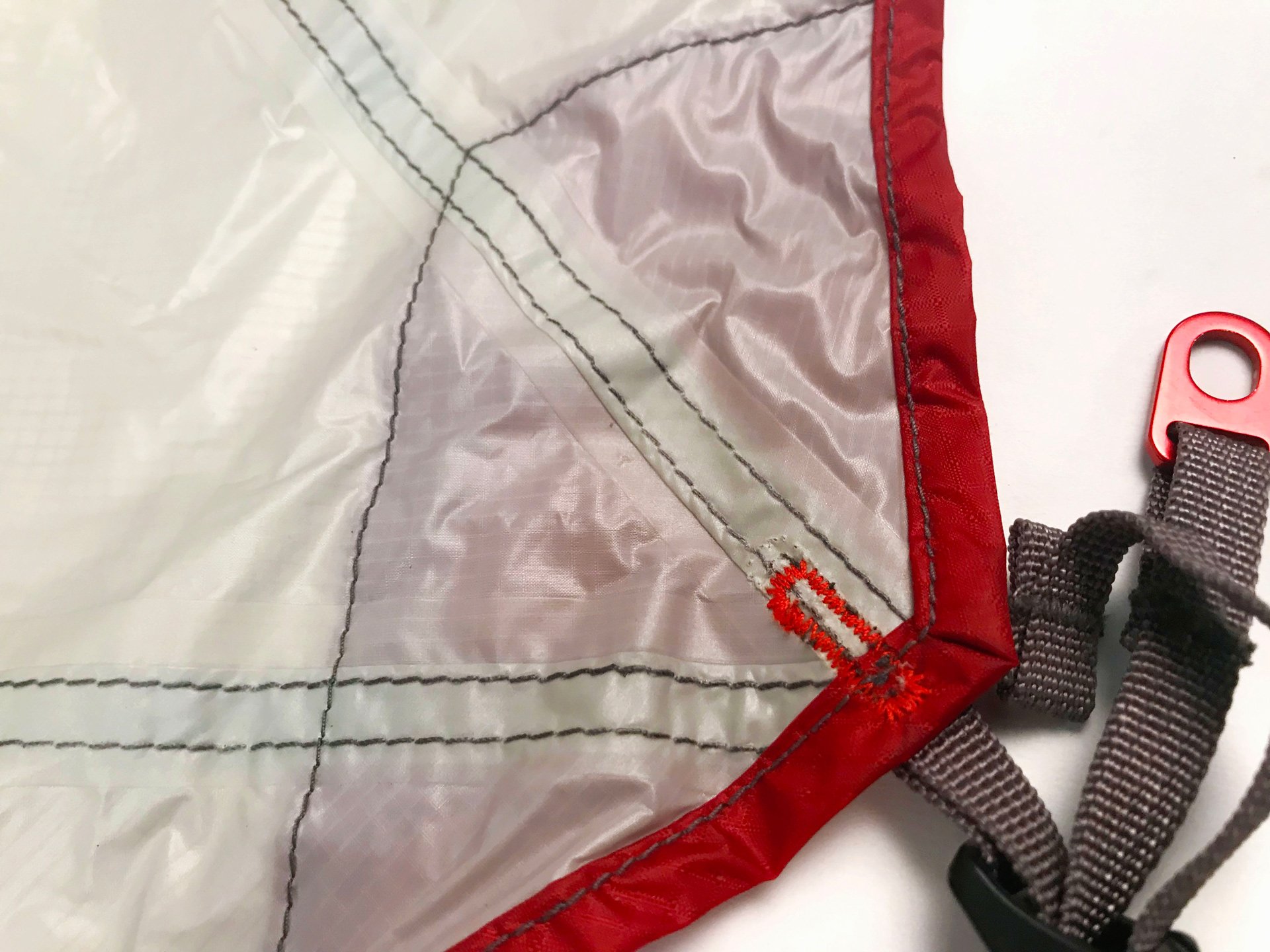
Seam tape is just what its name describes. It’s a layer of tape—technically, a polyurethane film—that is placed under the seams to block any water that enters the needle holes from making its way into your tent. The tape acts like dam.
Seam taping can only be done at the factory because it requires a special machine, and each type of fabric demands an exact temperature for application. Tent factories are typically certified to apply seam tape.
You might be familiar with the seam tape on your waterproof jacket. In tents, the method is similar, but the way it’s integrated is different.
On new tents, if done well, the tape is hard to see, so you might not even know it’s there.
Seam sealing—what is it?
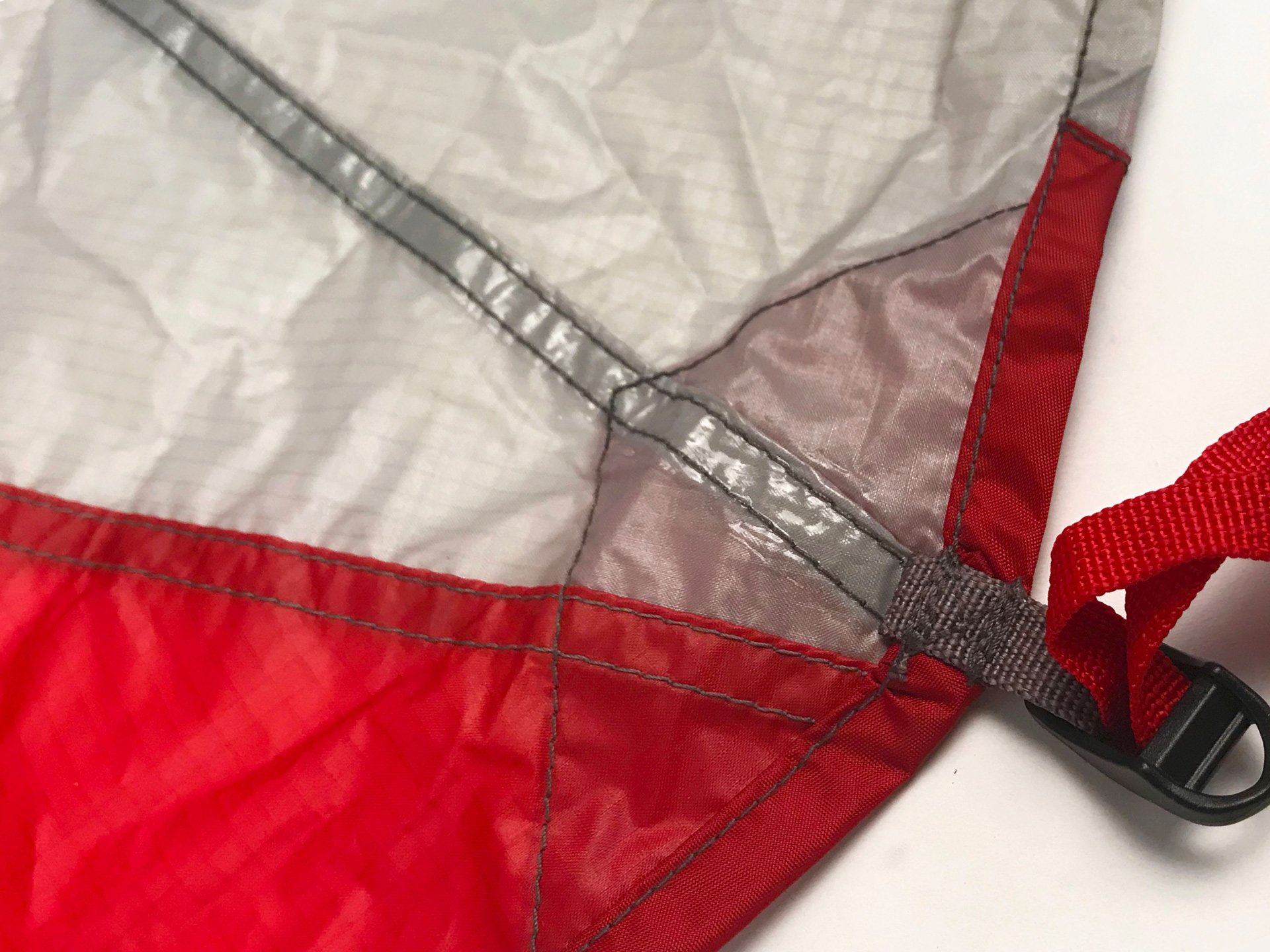
Seam sealing, on the other hand, is like applying a layer of glue—or sealant—across the seams.
Some tents, such as select tents from MSR, come seam sealed from the manufacturer.
Seam sealing is also something you might do as your tent ages and start to you notice leaks. If the rest of your tent is still in good order, seam sealing is great way maintain it instead of buying a new tent.
You might do it if your new tent didn’t come taped or sealed and you want the extra measure of defense before you head out in particularly foul weather.
When painted on, the sealant seeps into the stitching holes, creating a waterproof barrier.
Is factory seam taping good enough?
First, let’s ask: Have you ever experienced a tent with flaking seams? If so, you’re not alone. Seam tape works really well in some applications and less so in others.
On heavier-weight tent fabrics—about 68 Denier and above—seam taping is an excellent solution. That’s because the tape adheres to these fabrics well, holding tight for long-term protection.
But on lightweight tent fabrics, this is less so the case. On thinner tent fabrics, the tape simply degrades faster. It works great early on, but over time with exposure to moisture, heat and humidity, the tape can start to breakdown and flake off. This can take several years if you take great care of your tent, or it can happen relatively quickly if you don’t. Storing your tent damp is the worst culprit. And once the tape goes, your seams are defenseless. Sometimes seam-sealing offers a remedy, but oftentimes the residual tape interferes and causes a headache.
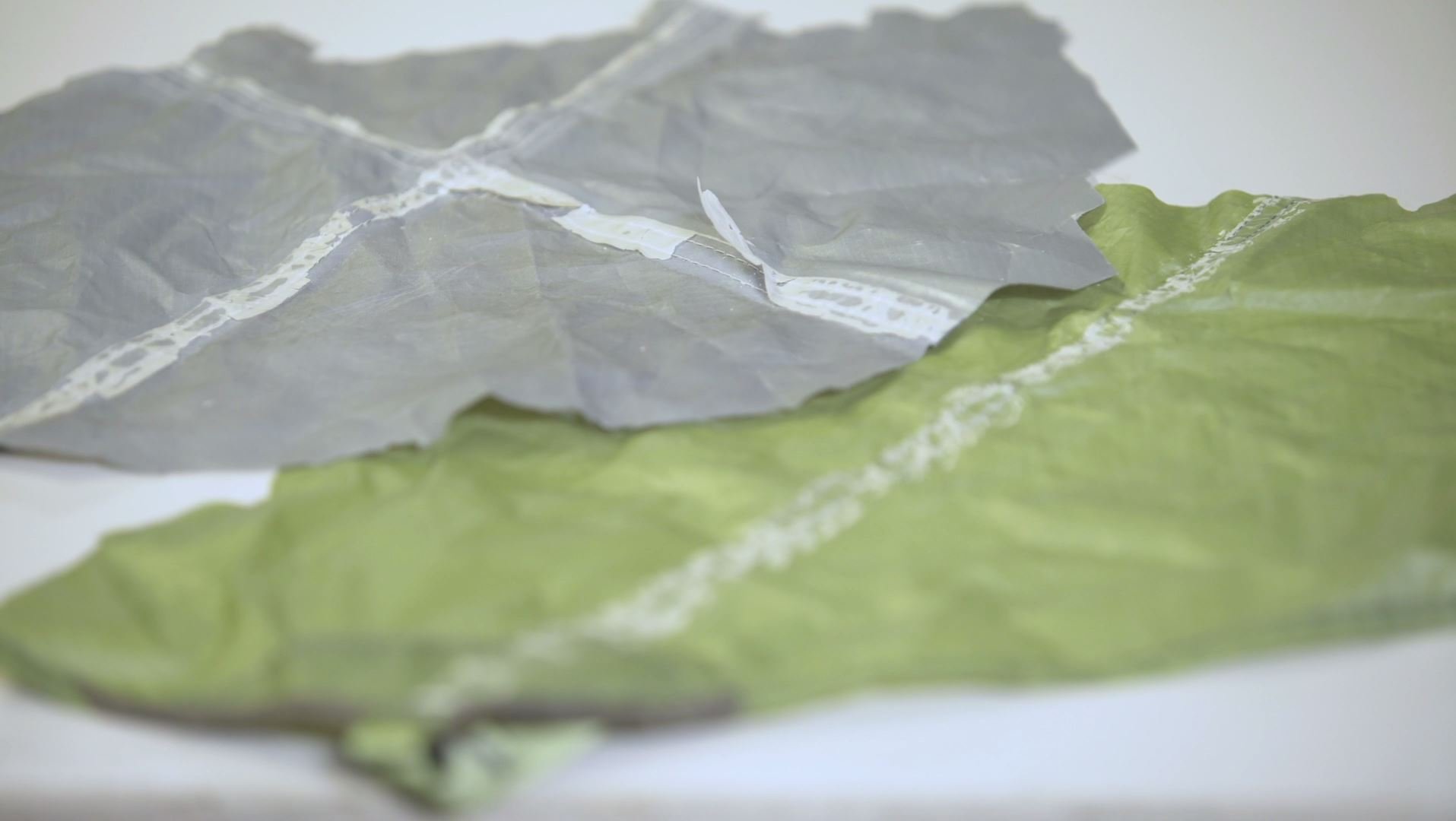 Over time with exposure to moisture, heat and humidity, seam tape can start to breakdown and flake off lightweight tent fabrics.
Over time with exposure to moisture, heat and humidity, seam tape can start to breakdown and flake off lightweight tent fabrics.At MSR, we’ve always used the highest quality fabrics, waterproof coatings and tape formulations. But as tent fabrics have gotten lighter, we found that even the best seam tape didn’t meet our standards for long-term performance. For 10 years, we’ve been researching a solution to this seam tape challenge on lightweight tents. Now in 2019, we’re excited to expand our new Xtreme Shield waterproof coating which brings with it, precision-stitched, factory-sealed seams. This seam construction is far more durable than traditional taped seams, and can be maintained over time so that you can ensure your seams stay watertight for the life of your tent.
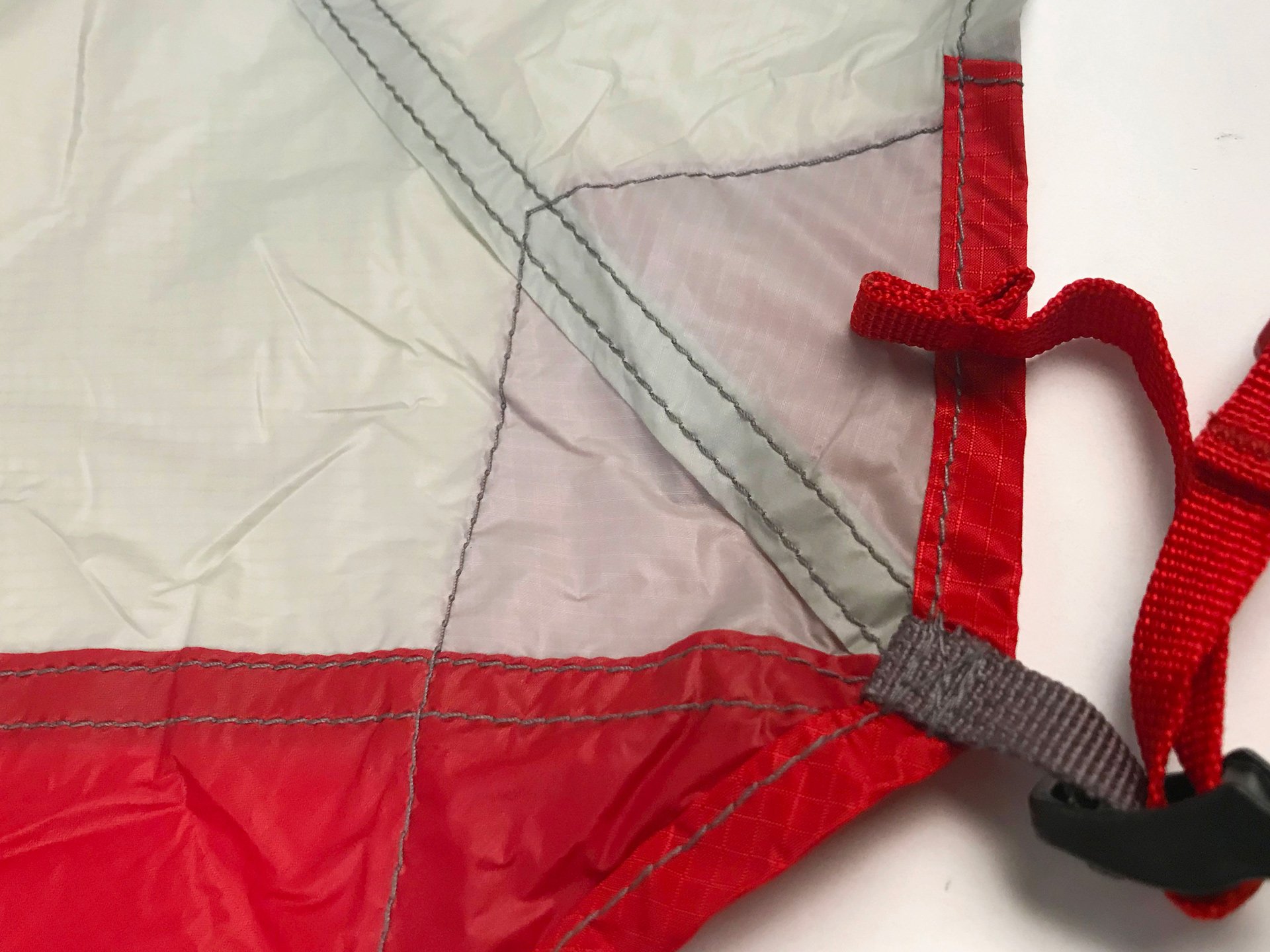
Should I seam seal my tent?
The easy answer is, if it leaks, yes. Seam sealing will create a waterproof barrier and extend the longevity of your tent. If your seams came taped from the factory, this might be tricky to do as any residual tape can disrupt the application.
If your seams are stitched and factory-sealed, as in the case of MSR’s Hubba series, but over time wear has exposed areas to leaks, seam sealing is much easier to do.
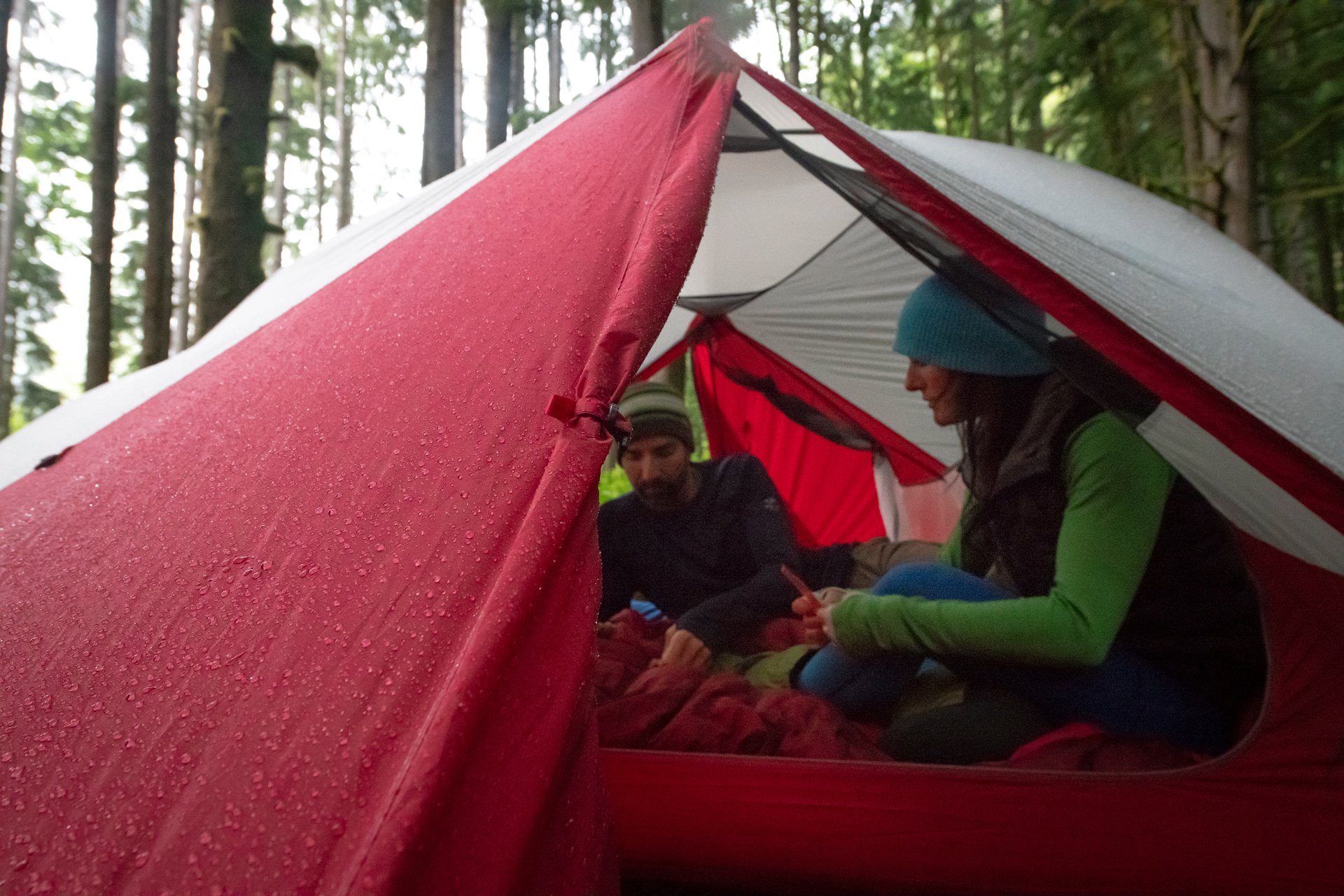
Do you seam seal inside or outside of the tent?
Apply the sealant to the underside/inside (or shiny side) of the fabric.
Best tent seam sealers?
We’re gearheads and have tested the array of seam sealants out there. Gear Aid’s remain the best. For the most bomber one, go with Seam Grip +WP. You can apply this once and be set for many years—we’ve heard decades. It does require a little effort and a longer dry time than others.
For the easiest application that still provides long-lasting performance, use the Seam Grip +FC Fast Cure Sealant.
Often, just sealing up the sections where you’ve noticed drops, is sufficient.
Like any piece of high-performance equipment, your tent requires some care (use these tips). But, a little TLC can go a long way toward maintaining its quality.
